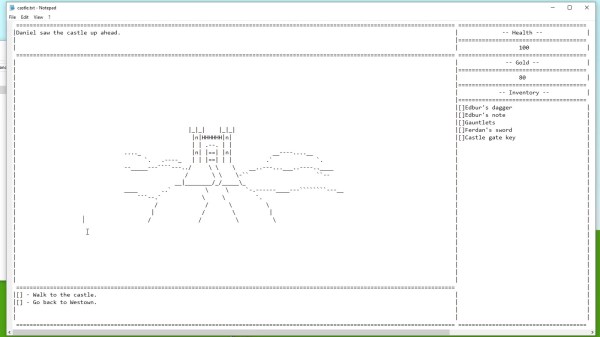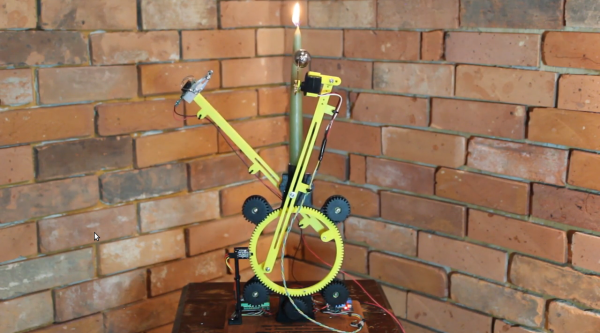There’s nothing worse than a lightswitch that’s nowhere near where it should be, leaving you fumbling around in the dark. [supersquirrel72] had just this problem, and decided to put an Arduino to work instead.
Rather than using the original mains lighting that was poorly positioned and not enough to light the hall, instead 2 meters of white LED strip was chosen. The form factor is perfect for lighting a long, thin space – far better than running a series of seperate bulbs. The strip was rigged up to an Arduino Uno, that triggers the lights when movement is detected with a simple PIR motion sensor. After some feedback from the other occupants of the house, it was decided to tweak things further. An RTC was implemented to allow the Arduino to keep things dimmer after 9PM, so as to not wake others when making a trip to the kitchen for a midnight snack.
It’s a simple solution which brightens up the hallway nicely. We imagine this could just be the first step to a yet-more-integrated lighting solution in [supersquirrel72]’s house. Whether it’s IOT lights or something more festive, we can’t wait to see what’s next.



















